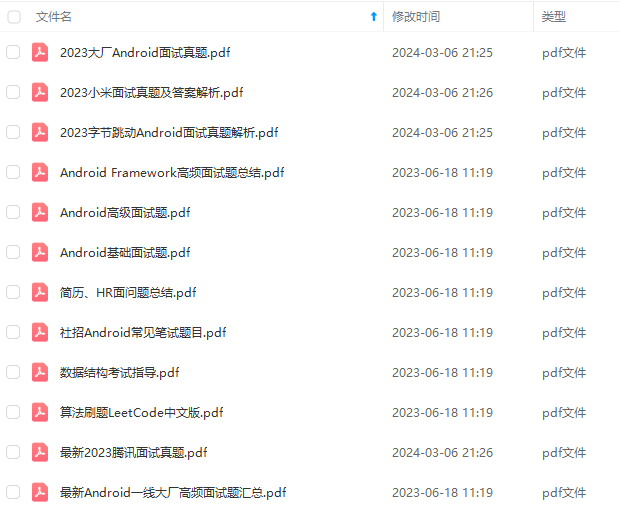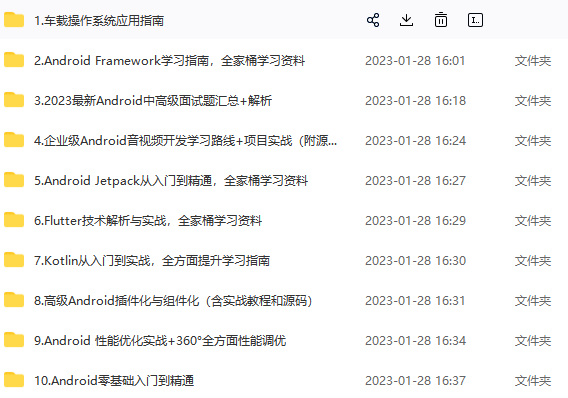RealConnection get(Address address, StreamAllocation streamAllocation) {
assert (Thread.holdsLock(this));
for (RealConnection connection : connections) {
if (connection.allocations.size() < connection.allocationLimit
&& address.equals(connection.route().address)
&& !connection.noNewStreams) {
streamAllocation.acquire(connection);
return connection;
}
}
return null;
}
遍历connections缓存列表,当某个连接计数的次数小于限制的大小以及request的地址和缓存列表中此连接的地址完全匹配。则直接复用缓存列表中的connection作为request的连接。
streamAllocation.allocations是个对象计数器,其本质是一个 List 存放在RealConnection连接对象中用于记录Connection的活跃情况。
连接池中Connection的缓存比较简单,就是利用一个双端列表,配合CRD等操作。那么connection在timeout时间类是如果失效的呢,并且如果做到有效的对连接进行清除操作以确保性能和内存空间的充足。
2.2 连接池的清理和回收
在看ConnectionPool的成员变量的时候我们了解到一个Executor的线程池是用来清理闲置的连接的。注释中是这么解释的:
Background threads are used to cleanup expired connections
我们在put新连接到队列的时候会先执行清理闲置连接的线程。调用的正是 executor.execute(cleanupRunnable); 方法。观察cleanupRunnable
private final Runnable cleanupRunnable = new Runnable() {
@Override public void run() {
while (true) {
long waitNanos = cleanup(System.nanoTime());
if (waitNanos == -1) return;
if (waitNanos > 0) {
long waitMillis = waitNanos / 1000000L;
waitNanos -= (waitMillis * 1000000L);
synchronized (ConnectionPool.this) {
try {
ConnectionPool.this.wait(waitMillis, (int) waitNanos);
} catch (InterruptedException ignored) {
}
}
}
}
}
};
线程中不停调用Cleanup 清理的动作并立即返回下次清理的间隔时间。继而进入wait 等待之后释放锁,继续执行下一次的清理。所以可能理解成他是个监测时间并释放连接的后台线程。
了解cleanup动作的过程。这里就是如何清理所谓闲置连接的和行了。怎么找到闲置的连接是主要解决的问题。
long cleanup(long now) {
int inUseConnectionCount = 0;
int idleConnectionCount = 0;
RealConnection longestIdleConnection = null;
long longestIdleDurationNs = Long.MIN_VALUE;
// Find either a connection to evict, or the time that the next eviction is due.
synchronized (this) {
for (Iterator i = connections.iterator(); i.hasNext(); ) {
RealConnection connection = i.next();
// If the connection is in use, keep searching.
if (pruneAndGetAllocationCount(connection, now) > 0) {
inUseConnectionCount++;
continue;
}
idleConnectionCount++;
// If the connection is ready to be evicted, we’re done.
long idleDurationNs = now - connection.idleAtNanos;
if (idleDurationNs > longestIdleDurationNs) {
longestIdleDurationNs = idleDurationNs;
longestIdleConnection = connection;
}
}
if (longestIdleDurationNs >= this.keepAliveDurationNs
|| idleConnectionCount > this.maxIdleConnections) {
// We’ve found a connection to evict. Remove it from the list, then close it below (outside
// of the synchronized block).
connections.remove(longestIdleConnection);
} else if (idleConnectionCount > 0) {
// A connection will be ready to evict soon.
return keepAliveDurationNs - longestIdleDurationNs;
} else if (inUseConnectionCount > 0) {
// All connections are in use. It’ll be at least the keep alive duration 'til we run again.
return keepAliveDurationNs;
} else {
// No connections, idle or in use.
cleanupRunning = false;
return -1;
}
}
closeQuietly(longestIdleConnection.socket());
// Cleanup again immediately.
return 0;
}
在遍历缓存列表的过程中,使用连接数目inUseConnectionCount 和闲置连接数目idleConnectionCount 的计数累加值都是通过pruneAndGetAllocationCount() 是否大于0来控制的。那么很显然pruneAndGetAllocationCount() 方法就是用来识别对应连接是否闲置的。>0则不闲置。否则就是闲置的连接。
进去观察
private int pruneAndGetAllocationCount(RealConnection connection, long now) {
List<Reference> references = connection.allocations;
for (int i = 0; i < references.size(); ) {
Reference reference = references.get(i);
if (reference.get() != null) {
i++;
continue;
}
// We’ve discovered a leaked allocation. This is an application bug.
Platform.get().log(WARN, "A connection to " + connection.route().address().url()
- " was leaked. Did you forget to close a response body?", null);
references.remove(i);
connection.noNewStreams = true;
// If this was the last allocation, the connection is eligible for immediate eviction.
if (references.isEmpty()) {
connection.idleAtNanos = now - keepAliveDurationNs;
return 0;
}
}
return references.size();
}
}
好了,原先存放在RealConnection 中的allocations 派上用场了。遍历StreamAllocation 弱引用链表,移除为空的引用,遍历结束后返回链表中弱引用的数量。所以可以看出List 就是一个记录connection活跃情况的 >0表示活跃 =0 表示空闲。StreamAllocation 在列表中的数量就是就是物理socket被引用的次数
解释:StreamAllocation被高层反复执行aquire与release。这两个函数在执行过程中其实是在一直在改变Connection中的 List大小。
搞定了查找闲置的connection操作,我们回到cleanup 的操作。计算了inUseConnectionCount和idleConnectionCount 之后程序又根据闲置时间对connection进行了一个选择排序,选择排序的核心是:
// If the connection is ready to be evicted, we’re done.
long idleDurationNs = now - connection.idleAtNanos;
if (idleDurationNs > longestIdleDurationNs) {
longestIdleDurationNs = idleDurationNs;
longestIdleConnection = connection;
}
}
自我介绍一下,小编13年上海交大毕业,曾经在小公司待过,也去过华为、OPPO等大厂,18年进入阿里一直到现在。
深知大多数Android工程师,想要提升技能,往往是自己摸索成长或者是报班学习,但对于培训机构动则几千的学费,着实压力不小。自己不成体系的自学效果低效又漫长,而且极易碰到天花板技术停滞不前!
因此收集整理了一份《2024年Android移动开发全套学习资料》,初衷也很简单,就是希望能够帮助到想自学提升又不知道该从何学起的朋友,同时减轻大家的负担。







既有适合小白学习的零基础资料,也有适合3年以上经验的小伙伴深入学习提升的进阶课程,基本涵盖了95%以上Android开发知识点,真正体系化!
由于文件比较大,这里只是将部分目录大纲截图出来,每个节点里面都包含大厂面经、学习笔记、源码讲义、实战项目、讲解视频,并且后续会持续更新
如果你觉得这些内容对你有帮助,可以添加V获取:vip204888 (备注Android)

最后
由于文章篇幅原因,我只把面试题列了出来,详细的答案,我整理成了一份PDF文档,这份文档还包括了还有 高级架构技术进阶脑图、Android开发面试专题资料,高级进阶架构资料 ,帮助大家学习提升进阶,也节省大家在网上搜索资料的时间来学习。
一个人可以走的很快,但一群人才能走的更远。不论你是正从事IT行业的老鸟或是对IT行业感兴趣的新人,都欢迎扫码加入我们的的圈子(技术交流、学习资源、职场吐槽、大厂内推、面试辅导),让我们一起学习成长!

oid)**
[外链图片转存中…(img-0yuu1wup-1712803739286)]
最后
由于文章篇幅原因,我只把面试题列了出来,详细的答案,我整理成了一份PDF文档,这份文档还包括了还有 高级架构技术进阶脑图、Android开发面试专题资料,高级进阶架构资料 ,帮助大家学习提升进阶,也节省大家在网上搜索资料的时间来学习。
一个人可以走的很快,但一群人才能走的更远。不论你是正从事IT行业的老鸟或是对IT行业感兴趣的新人,都欢迎扫码加入我们的的圈子(技术交流、学习资源、职场吐槽、大厂内推、面试辅导),让我们一起学习成长!
[外链图片转存中…(img-UvXFZXJd-1712803739286)]





















 1486
1486











 被折叠的 条评论
为什么被折叠?
被折叠的 条评论
为什么被折叠?








